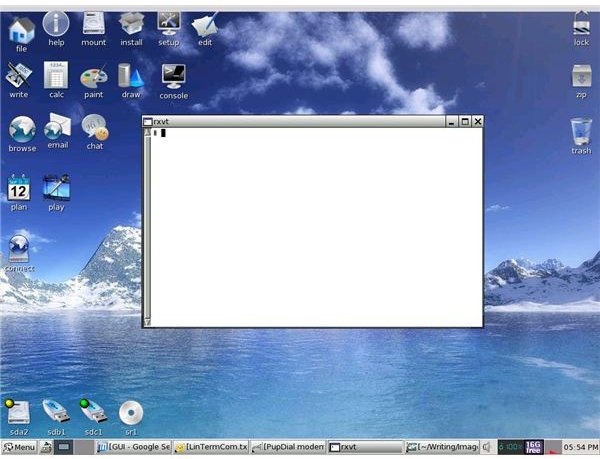

You can right click on a tab and select Rename Tab to rename a tab for that terminal session. Put settings here that you want to apply to all profiles. Learn more about General profile settings, Appearance profile settings, and Advanced profile settings. This can be done by adding a setting inside the "defaults" array inside the profiles object.

Windows Terminal enables you to apply a setting to every profile without having to duplicate the setting for each profile entry. If you’d like to view the default settings file, you can hold Alt and click on the Settings button inside the dropdown menu. Windows Terminal comes with a large set of default settings, including color schemes and keyboard shortcuts (now called "Custom actions"). Specific distribution icons do not come shipped inside the terminal but can be downloaded and assigned using the terminal settings. Let's break down some of the key commands to use in PowerShell that you'll need to know.You can change the icon of each WSL distribution if desired. You're able to set either as default as well as setting a version specifically to each Linux distro you have on your PC. This means you can run Linux installs with a combination of different versions. The good thing about WSL2 is that it doesn't replace WSL1. If you want to reboot immediately, simply omit this from the end of the command. Open PowerShell as administrator and enter this command: dism.exe /online /enable-feature /featurename:Microsoft-Windows-Subsystem-Linux /all /norestartĮventually, you will need to reboot your PC, adding norestart means you won't be immediately kicked out of whatever you're doing. The first is by adding -enable-wsl1 to the install command used above.īut you can also enable the component at any time, even after you already have WSL2 up and running. Fortunately, you can do this in two ways.

WSL2 is now the standard, but if for any reason you also want to use WSL1 alongside it, you'll need the optional Windows Subsystem for Linux component enabling. How to enable Windows Subsystem for Linux optional component for WSL 1 You will also require the optional Windows Subsystem for Linux component if you wish to also use WSL 1 alongside WSL 2. Alternatively, you can download it directly from its Microsoft Store listing (opens in new tab). WSL is now distributed through the Microsoft Store and the simplified installation process will pull this version in.


 0 kommentar(er)
0 kommentar(er)
